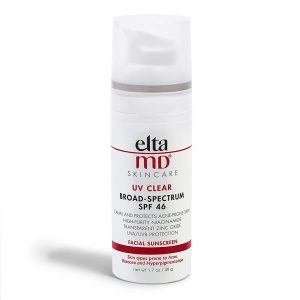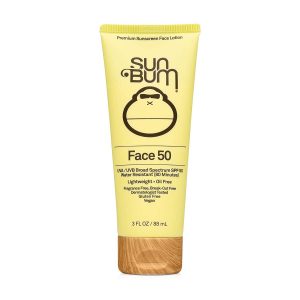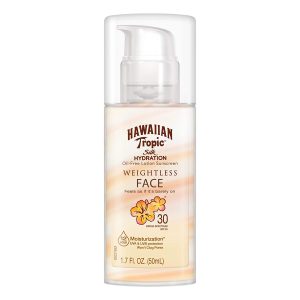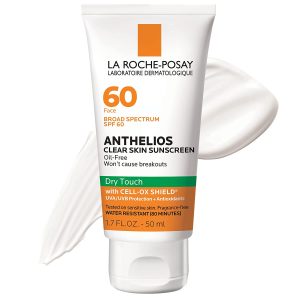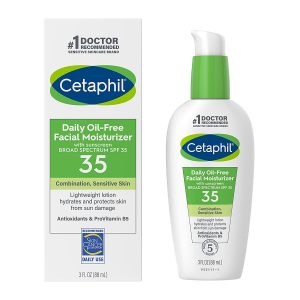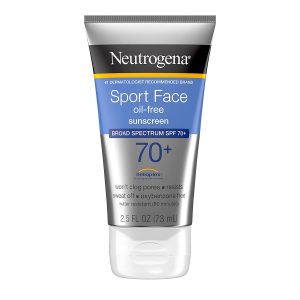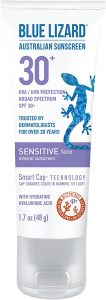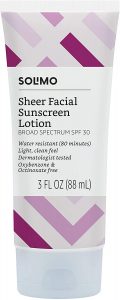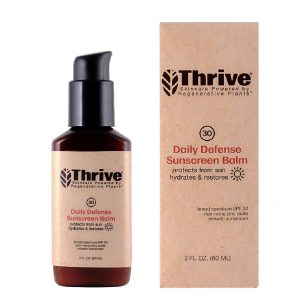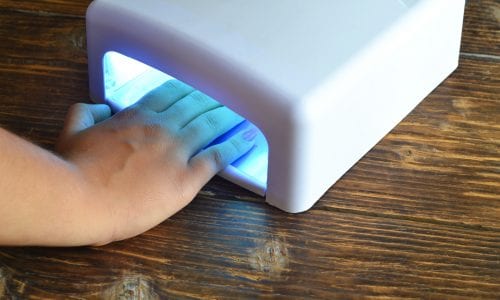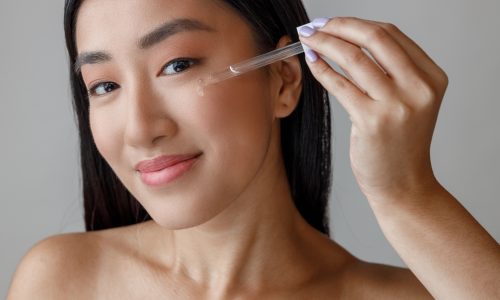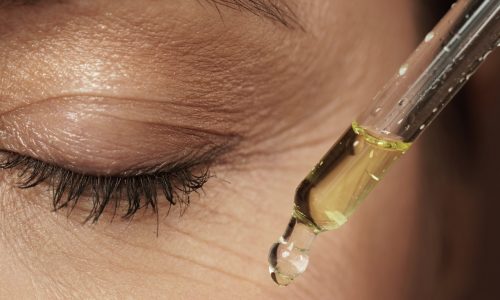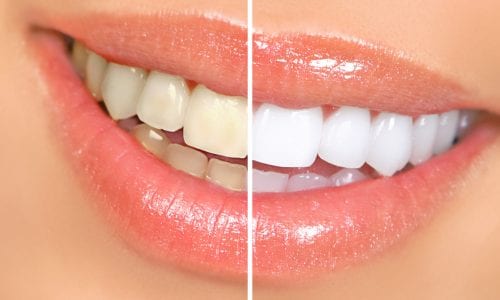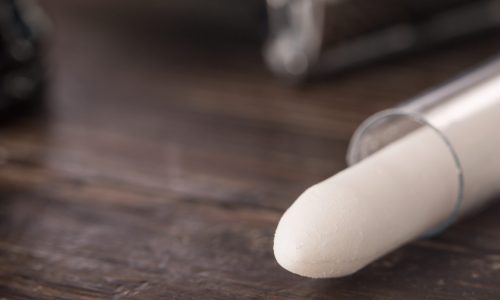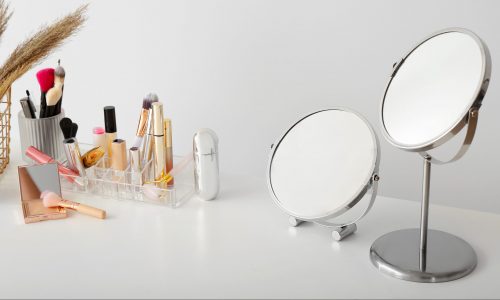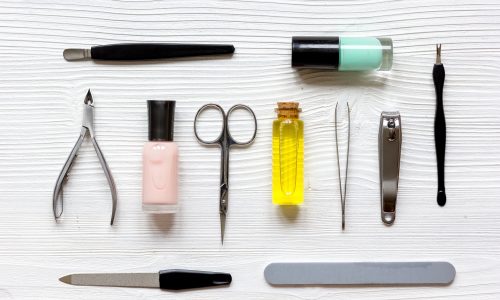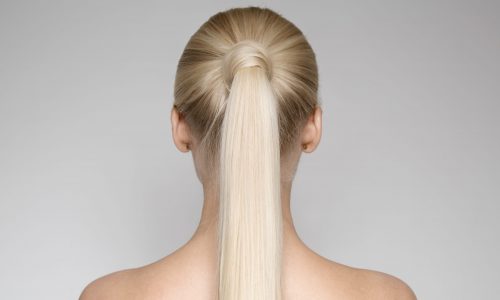The Best Facial Sunscreen
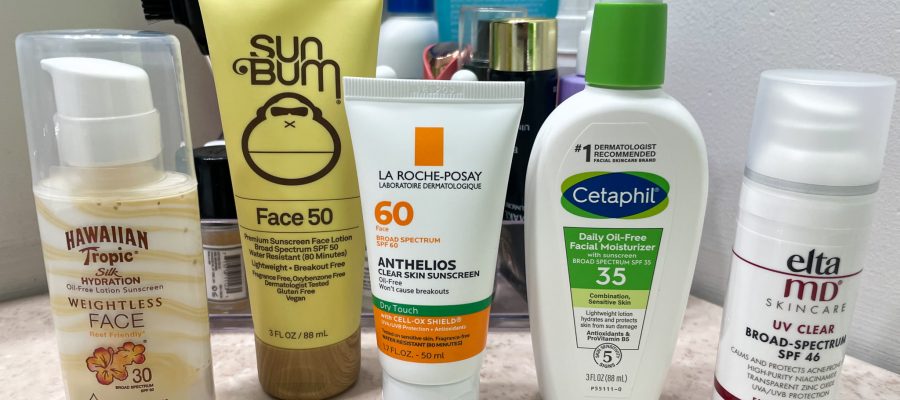
Our Review Process
Don't Waste Your Money is focused on helping you make the best purchasing decision. Our team of experts spends hundreds of hours analyzing, testing, and researching products so you don't have to. Learn more.
Our Picks For The Top Facial Sunscreens
- 1. EltaMD Skin Care UV Clear SPF 46 Facial Sunscreen
- 2. Sun Bum SPF 50 Vegan Fragrance-Free Facial Sunscreen
- 3. Hawaiian Tropic Silk Hydration SPF 30 Facial Sunscreen
- 4. La Roche-Posay SPF 60 Oxybenzone-Free Facial Sunscreen
- 5. Cetaphil SPF 35 Moisturizing Oil-Free Facial Sunscreen
- 6. Neutrogena Sport Face SPF 70+ Waterproof Facial Sunscreen
- 7. Blue Lizard SPF 30+ Lightweight Mineral Facial Sunscreen
- 8. Solimo SPF 30 Octinoxate & Oxybenzone-Free Facial Sunscreen
- 9. Thrive SPF 30 Vegan Moisturizing Mineral Facial Sunscreen
Featuring mineral ingredients, this sunscreen is gentle and less likely to cause issues if you have acne or sensitive skin. It has an SPF rating of 46 and offers broad protection. It's ideal for use if you won't get wet or sweat.
Gentle OptionConsider this gentle mineral sunscreen if you have skin concerns and don't need water resistance.
This chemical sunscreen has a vegan formulation designed to be less irritating and more environmentally friendly. It can handle water activities well and comes with vitamin E for keeping your face moisturized.
Good for DrynessIf you have dry skin, this SPF 50 product offers both protective and moisturizing benefits.
Made not to make your face feel smothered, this sunscreen offers comfort yet still provides strong sun protection. It smells like coconut and features hydrating ingredients.
Comfortable to WearThis broad-spectrum option feels comfortable since it provides moisture and doesn't weigh down your skin.
Designed for people with oily skin, this chemical sunscreen avoids ingredients that can cause acne to flare up or irritate the face. It has an SPF 60 rating and is suitable for swimming on hot days.
Minimizes IrritationIf you usually experience acne, consider this non-clogging formula that also minimizes irritation.
Buying Guide
Sun exposure can damage your face to cause undesirable effects such as wrinkling and dryness as well as increase your chances of getting skin cancer. That means you’ll want to use a good facial sunscreen for protection. While you might opt to just use your regular sunscreen, getting a specific formula for your face is a good idea so that the ingredients won’t be too harsh for this sensitive area or cause issues like breakouts.
Considering the sun protection factor (SPF) is crucial for finding a facial sunscreen that will work best for you. Many facial sunscreens start with an SPF rating of at least 30, though you can find them with an SPF of 70 or even higher. You should keep in mind that the higher rating the facial sunscreen has, the longer it protects your skin. In addition, you’ll want to verify that the facial sunscreen is labeled as a broad-spectrum formula since that will keep your skin safe from UVA and UVB rays.
You’ll want to identify your skin type and note any issues you experience so you can choose the right facial sunscreen formulation. You’ll also want to consider your everyday activities – such as whether you’ll be swimming – in the decision.
Most products on the market consist of chemicals that provide sun protection, last long and often come with features such as water resistance. You’ll find you need to use less of these products to do the job as well as reapply them less often. However, these chemical sunscreens also can cause irritation, clog your pores and have negative environmental effects. In addition, there’s up to a 15-minute waiting time from application until protection is in full effect.
Other facial sunscreens consist of mineral ingredients that act as a physical block from the sun’s UVA and UVB rays. These options tend to cause less irritation, can offer longer protection if you’re not getting wet and can be ideal for those with acne. However, they don’t perform as well when you do water activities, and they require more generous and frequent application. In addition, you might see an unwanted white film that affects your skin tone.
Whichever facial sunscreen type you choose, look out for some special features. For example, you might look for moisturizing ingredients if you have dry skin or a non-oily formulation if you have acne. You might also prefer sunscreens that are either vegan or labeled as not harmful to ocean life.
What to Look For
- For the best results, start each day with an application of sunscreen to your face and other exposed areas of the body. This applies even if you’ll be going out on a cloudy day since the sun can still cause skin damage even when it’s not bright out.
- If possible, you should always apply the face sunscreen as the first layer before you move forward with any makeup or other skin products. However, it’s OK to put certain products such as acne medications on first.
- As a further safeguard, you can use makeup that has some SPF protection in it, but don’t rely on such makeup alone.
- To make sure you get the right coverage, follow a few guidelines for applying face sunscreen. First, rather than just spreading it all over your face at once, try putting smaller dots of sunscreen on the different areas of your face and then spreading it out. Make sure you apply the formula to your ears, temples and hairline too.
- Putting on face sunscreen usually isn’t a one-time daily task. A rule of thumb is to reapply it every two hours of sun exposure, whether you’re outside at the beach or inside by a sunny window. If you’re doing water activities, you might reapply more often such as every hour or each time you finish swimming and use a towel to get dry.
- Always take a close look at the face sunscreen’s ingredients list to see if you identify anything you’re sensitive or allergic to. If you use a particular product and notice signs like red skin that’s itchy, painful or swollen, that could indicate an allergy. You’ll want to get the sunscreen off your skin, avoid using it again and seek a doctor’s help. Doing a patch test can help identify such an allergy before you apply the sunscreen to your entire face.
More to Explore
To keep your face looking good and staying healthy, using facial sunscreen is just one protective step to take. When going outside, be sure to wear sunglasses that offer broad-spectrum protection and both protect your eyes and the delicate neighboring skin from damage. In addition, try to use a hat that has a wide brim and keeps the sun off your face and offers protection to your neck and scalp as well.
Of course, it also helps to minimize your time out in the sun whenever possible. If you do need to be outside for an extended period, look for a shady area and try to coordinate activities outside the peak sunlight hours of 10 a.m. and 4 p.m.

